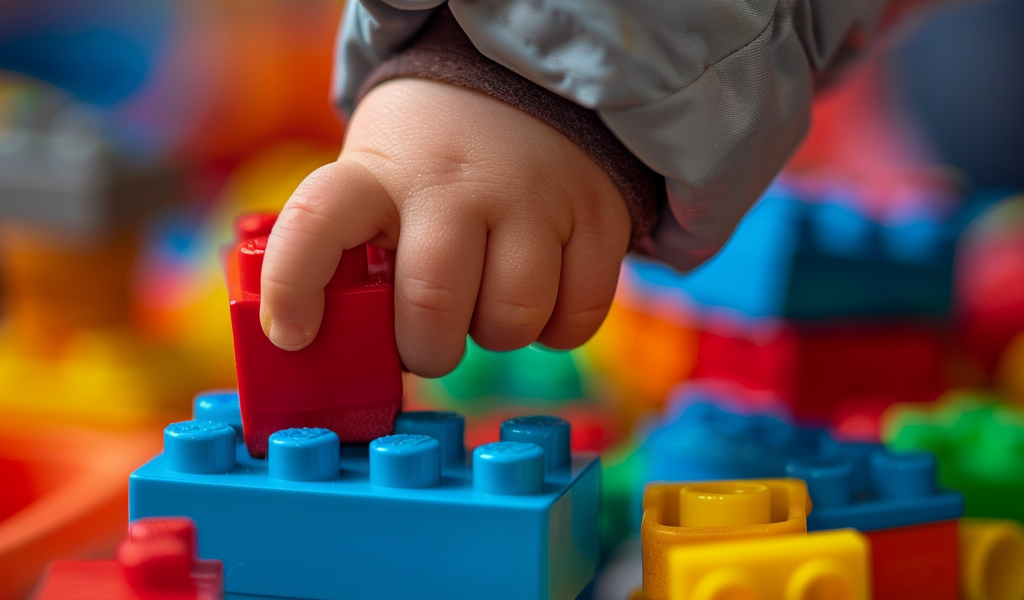Playing with plastic toy building bricks has been a favorite pastime for many children, sparking creativity and imagination. However, recent research has shed light on a concerning issue – the creation of microplastic and nanoplastic pollution within households and childcare settings.
While the health risks associated with these plastic particles remain unknown, the findings present a new source of indoor pollutants that warrant caution. Plastic building bricks, a common toy found in many homes, have been found to release thousands of micro- and nanoplastic particles when played with.
Micro- and nanoplastics are pervasive in our environment, originating from various plastic materials we encounter daily, such as food packaging, plastic cookware, carpets, clothes, and now, children’s toys. Despite the widespread presence of these tiny particles, there are significant gaps in our understanding of their origins and fate.
The University of Newcastle in Australia conducted a study led by Cheng Fang to investigate the potential contamination posed by toy building bricks. Fresh packets of plastic bricks were opened, and 50 different types were selected for testing. Each brick was assembled and disassembled 10 times, revealing through scanning electron microscope (SEM) images that the play activity significantly increased the presence of micro- and nanoplastic particles.
The images captured during the study showed that the friction from connecting and disconnecting the bricks resulted in scratches and scuffs, leading to the formation of tiny particles. These particles were predominantly found at the tips of the interlocking studs, along their length, and inside the stud receptacles. Statistical analysis combined with SEM images estimated that every square millimeter of the bricks under stress produced thousands of microparticles and hundreds of thousands of nanoparticles.
Raman spectroscopy, along with an algorithm, was utilized to identify the polymers making up the particles based on their molecular spectra. The research highlighted the potential for plastic building bricks to be a significant source of micro- and nanoplastic pollution, raising concerns about the inadvertent ingestion or inhalation of these particles during play.





